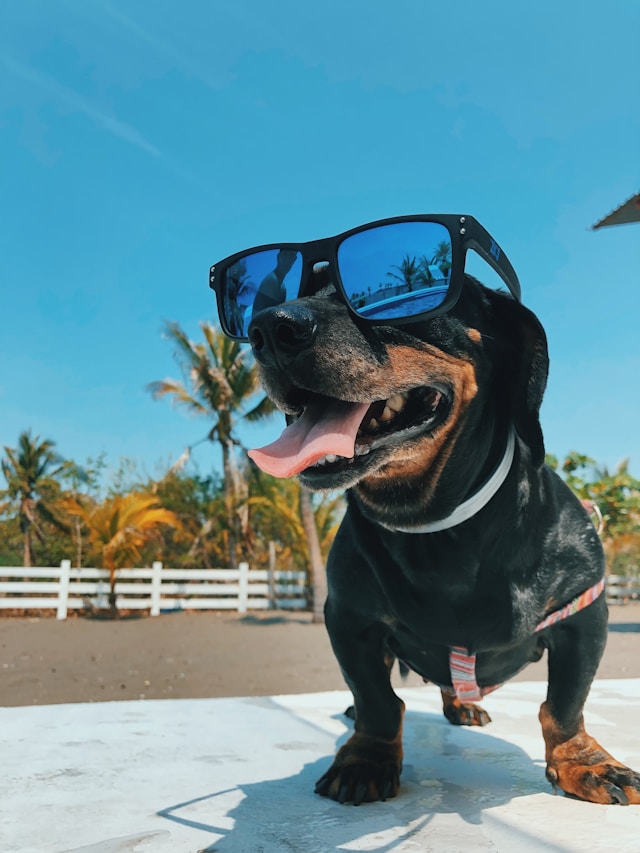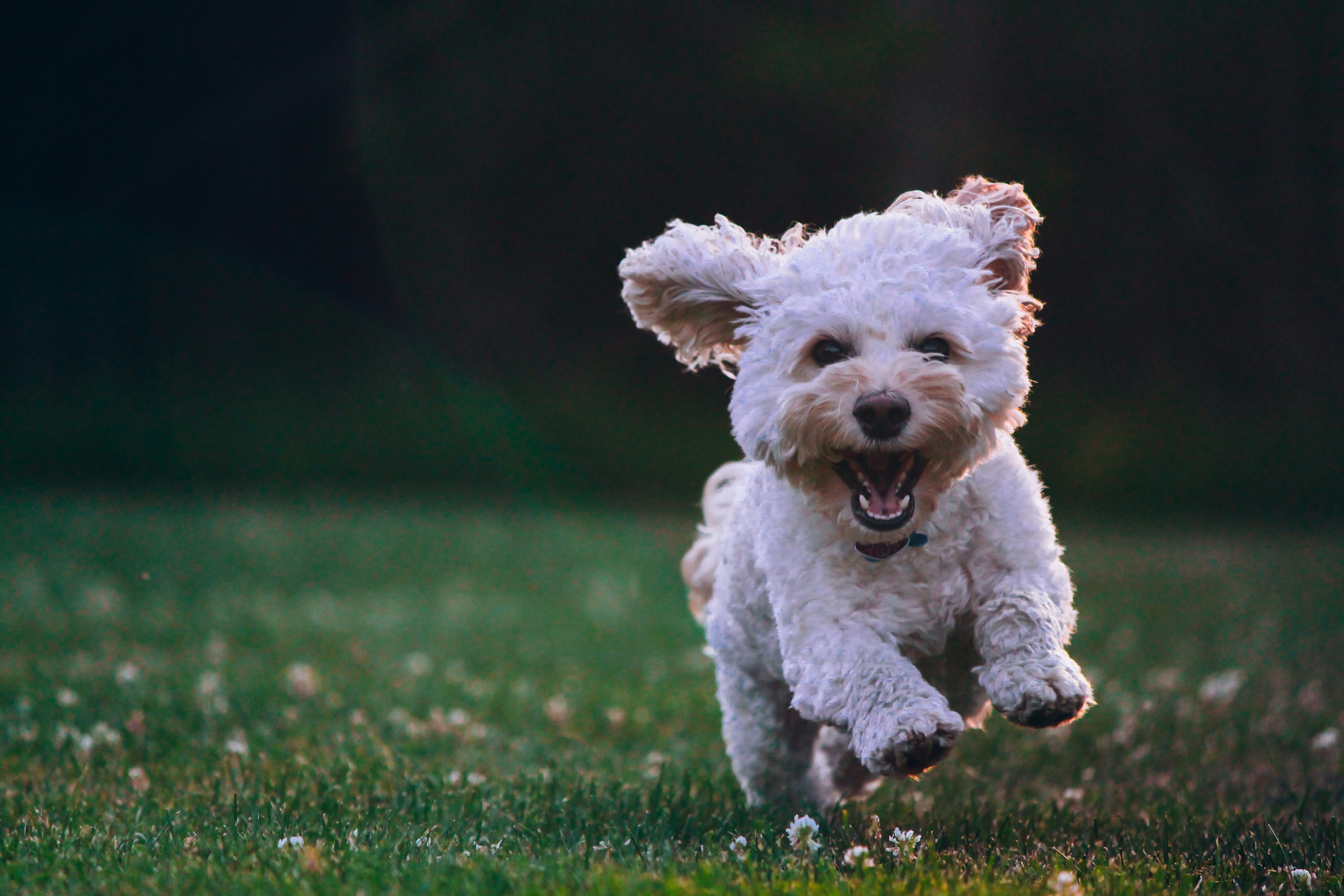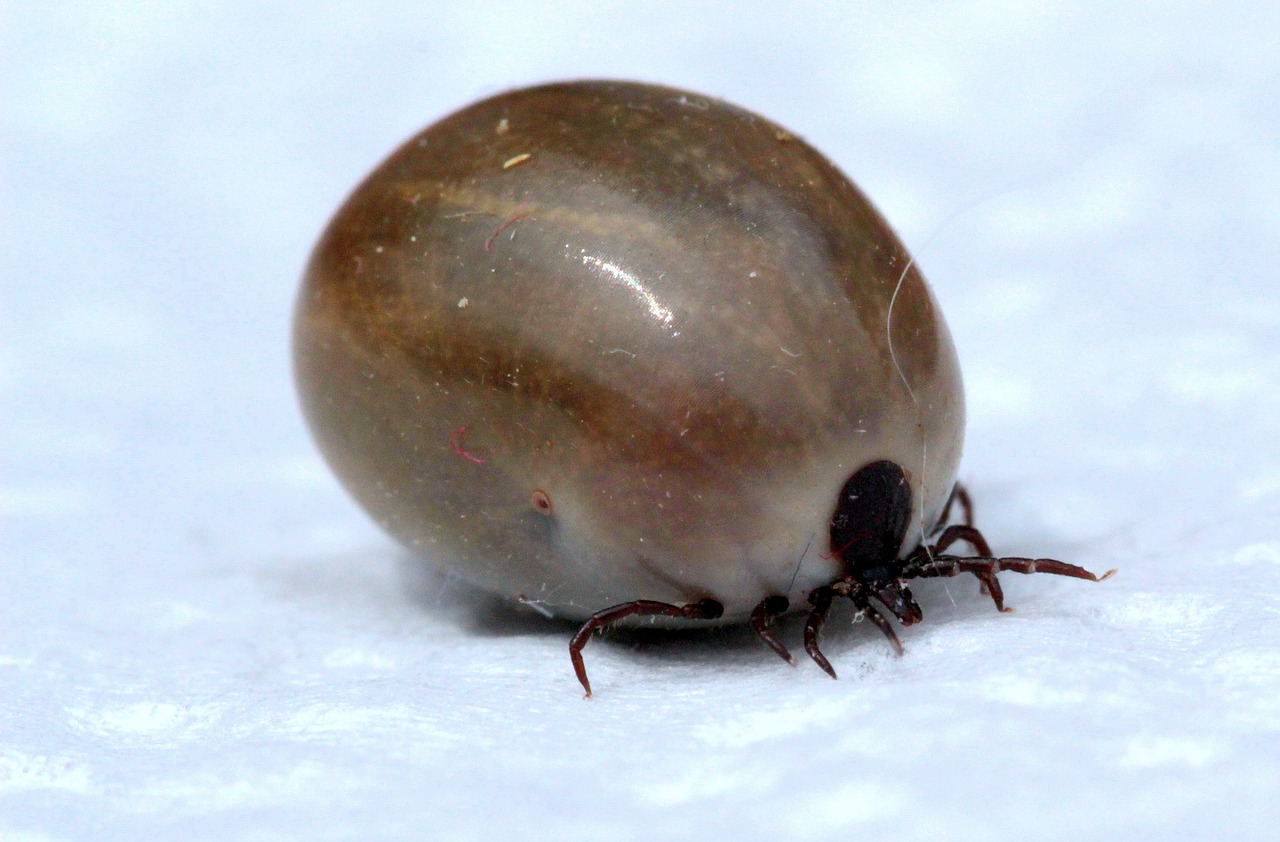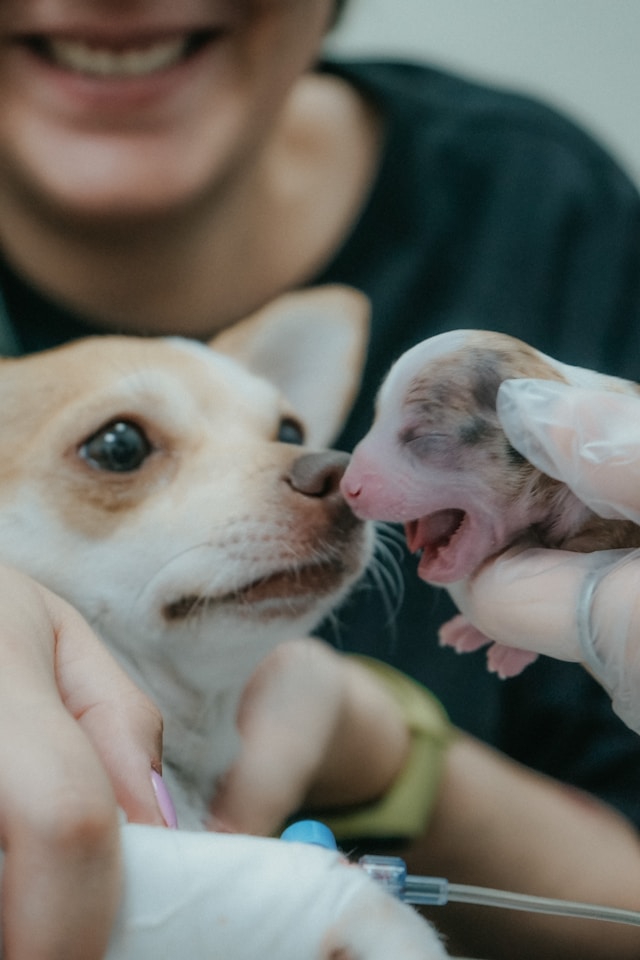Akita

| OFFICIAL NAME | Akita |
| COMMON NAME | Akita |
| PET HEIGHT | 24 to 28 inches |
| PET WEIGHT | 70 to 130 pounds |
| LIFESPAN | 10 to 13 years |
| GOOD WITH | children, families, seniors |
| TEMPERAMENT | aloof, gentle, willful |
| INTELLIGENCE | high |
| SHEDDING AMOUNT | seasonal |
| EXERCISE NEEDS | medium |
| ENERGY LEVEL | calm |
| VOCAL LEVEL | quiet |
| DROOL AMOUNT | medium |
| BREED GROUP | working |
| BREED SIZE | large (61-100 lbs.) |
| COAT LENGTH | long |
| COLORS | black, blue, brown/chocolate/liver, cream, fawn, gold/yellow, gray, red, white |
| PATTERNS | bicolor, black and tan, blue and tan, brindle, liver and tan, tricolor |
| OTHER TRAITS | cold weather tolerant, easy to train, highly territorial, high potential for weight gain, high prey drive, prone to health issues, requires lots of grooming, strong loyalty tendencies |
Akitas are renowned for their bravery and tenacity. They were primarily bred to hunt bears and wild boar in Japan's mountains. Though they are not as common in the United States, people who adopt an Akita find that they can become fiercely devoted family members with proper training. Akitas have a dignified appearance, but they also have a playful and loving side, especially regarding their loved ones.
Akita Appearance
Unquestionably cute, the Akita puppy's fluffy coat, firm body, and amusingly large paws often produce many "aww." Nevertheless, this puppy develops into a substantial adult dog. American Akitas can weigh anywhere from 70 to 130 pounds and typically stand 24 to 28 inches tall at the shoulder. Their large head features deep-set brown eyes, pointed ears, and a broad muzzle. Despite barely shedding, their thick double coat needs to be brushed regularly. Akitas have distinct markings on their robust bodies and come in various colors, such as white, brindle, or pinto. Their fluffy, curled tail, which rests elegantly over their back, is one of their distinguishing characteristics.
On the other hand, the Japanese Akita, also called the Akita Inu, resembles the American Akita in appearance but is typically smaller in stature. Another obvious distinction is the typical coloration of the two breeds: American Akitas can be any color, while Japanese Akitas are typically red, brindle, or white. Though they may have similar looks, the Japanese Akita is more significant than the Shiba Inu, another Japanese breed that is sometimes confused for a smaller dog.
Akita Personality
Akitas are different from other dogs in that they have distinct personalities; they are more like cats in many aspects. They don't try to win people over or show excessive affection. Instead, they exhibit great love and devotion to their family, frequently giving the impression that they are the universe's center. They are fiercely protective of the people they love but can be reserved around strangers.
These dogs are brilliant and have an intense hunting and protective instinct. If they feel no immediate threat, they may become like cats and start stalking their prey. They prefer to approach stealthily and strike when the time is right, showcasing their cunning and stealth rather than making much noise.
Akitas might not be the best option for homes with small children. They can be possessive, especially when food is involved, and they do not tolerate being handled roughly or teased. When kids and Akitas live together, proper training and observance of boundaries are essential.
On the other hand, Akitas can make excellent companions for families with older children or empty nesters. They are renowned for remaining close to their owners and enjoying outdoor adventures. Akitas also make fantastic guard dogs because they seldom bark uninvited and are fearless in defending themselves.
Akita Living Needs
Akitas' thick fur and rich heritage allow them to flourish outdoors. They like having a fenced-in yard to run around in and take free sniffs. Akitas come alive in the winter; they love the snow and have slightly webbed toes that help them walk on snowy surfaces. They are frequently seen zooming around, eating snow, and having a good time rolling in it.
Akitas are happy to stay close to their owners indoors by trailing them around or watching them from afar. Because of their intense prey drive, they must always be supervised and on a leash outside. Although they are usually quiet, they bark to let their family know if there are guests or strange noises.
It's crucial to avoid overfeeding Akitas, especially given their natural resistance to severe cold. Maintaining their health and fitness levels all year round requires limiting their portion sizes, refraining from free feeding, and ensuring they exercise.
Akita Care
Akitas needs to be groomed regularly. Like cats, they can care for themselves for most of the year, so brushing them once a week should be plenty.
But be ready for a few intense shedding seasons yearly when they appear to shed all at once. This can lead to an abundance of dog hair all over your house, so giving them a place to live and controlling shedding in the summer can help.
Akitas often eat rapidly, which can cause problems like bloating. It's crucial to take preventative measures during feeding time, like giving smaller portions or using bowls explicitly made for slower eating. This lessens the risk of health issues.
Other essentials for maintaining an Akita's general well-being and health include regular nail trimming and teeth brushing. These routines help to maintain their comfort and health over the course of their lives.
Akita Health
The Akita is renowned for its remarkably long lifespan—between 10 and 13 years—for such a large breed. However, it is vulnerable to a number of health problems, including hip dysplasia, arthritis, hypothyroidism, and several eye conditions.
Akitas are also at a higher risk of developing gastric dilatation-volvulus (GDV), also known as bloat. This illness develops when the stomach twists, stopping blood flow and creating a potentially fatal situation. To protect their dogs' health, owners of Akitas should be aware of these risks and take preventative measures.
Akita Exercise Requirements
Assertive and athletic, the Akita breed is ideal for sports like sledding and weight-pulling. To guarantee appropriate bone and muscle development, these should only be given to dogs at least one year old.
Your Akita will benefit from having a big backyard to play in and stretch its legs. If you own several dogs, your Akita may have built-in playmates. Frequent vigorous strolls or runs are also excellent means of keeping them engaged and content.
Due to their outgoing disposition, Akitas enjoy spending time with other dogs or members of their human family. They make excellent companions for those who enjoy having their dog by their side because they prefer being part of a pack rather than being left alone.
Akita Training
If you're thinking about getting an Akita, be ready to devote a substantial amount of time to training. Teaching these dogs manners is essential because they don't pick up things naturally, especially around others.
Adidas forms close relationships with its trainers as long as they are competent. Because of this bond, managing the training yourself is strongly advised. If you need more confidence in training your dog, look into a less demanding breed.
For Akitas, there are better options than group training sessions. Particularly if the other dogs are misbehaving, you want to spend only part of the session supervising your dog's interactions with them. The secret is to socialize children early and often. It would help if you waited to expect your Akita to become an extrovert overnight, even with careful introductions to new people and environments.
Akita History
The Akita region in Japan, whose history dates back to the 17th century, is the source of the breed's name. Akita Club of America records even go back to the Jōmon Period (14,000–300 B.C.) when their ancestors could still be found. Akitas were first developed as powerful, devoted hunting dogs but soon gained a reputation for their steadfast loyalty. They were once hunters, but as time passed, their dignified manner and loving nature made them beloved family pets.
Of the seven dog breeds officially recognized as natural national monuments, Akitas are considered to have a special place in Japanese culture. Breed enthusiasts believe that in addition to their physical attributes, they also hold spiritual significance, signifying good health.
When Helen Keller returned from a trip to Japan in 1937 with a puppy named Kami, Akita's journey to the United States officially began. However, Akitas were uncommon in America until the Second World War, when returning combatants brought them back from their foreign lands. The American Kennel Club did not formally recognize the Akita breed until 1972.
Akita Fun Facts
As a sign of good health, happiness, and a long life, families in Japan frequently receive a statue of the noble Akita dog upon the birth of a new child.
Meet Akitas at the Akita Dog Museum, Akita Dog Visitor Center, Ani Ski Resort, Furusawa Hot Springs, and Royal Hotel Odate. Akitas are native to the Japanese prefecture of Akita.
After reading about the well-known tale of Hachiko, an Akita who patiently waited for his owner at a train station for almost ten years despite being unaware that his owner had died away, Helen Keller became very fond of Akitas. Keller showed interest in obtaining one of these devoted dogs when visiting Japan in the 1930s. The Japanese government granted Keller's request, and she brought an Akita with her when she returned to the United States.
Celebrity Akita owners include Sarah Michelle Gellar and Freddie Prinze Jr., who adore their Akita Inus, Kumi, and Sato, and Henry Cavill, who has an American Akita named Kal.
Get insurance plans with wide-ranging coverage options













